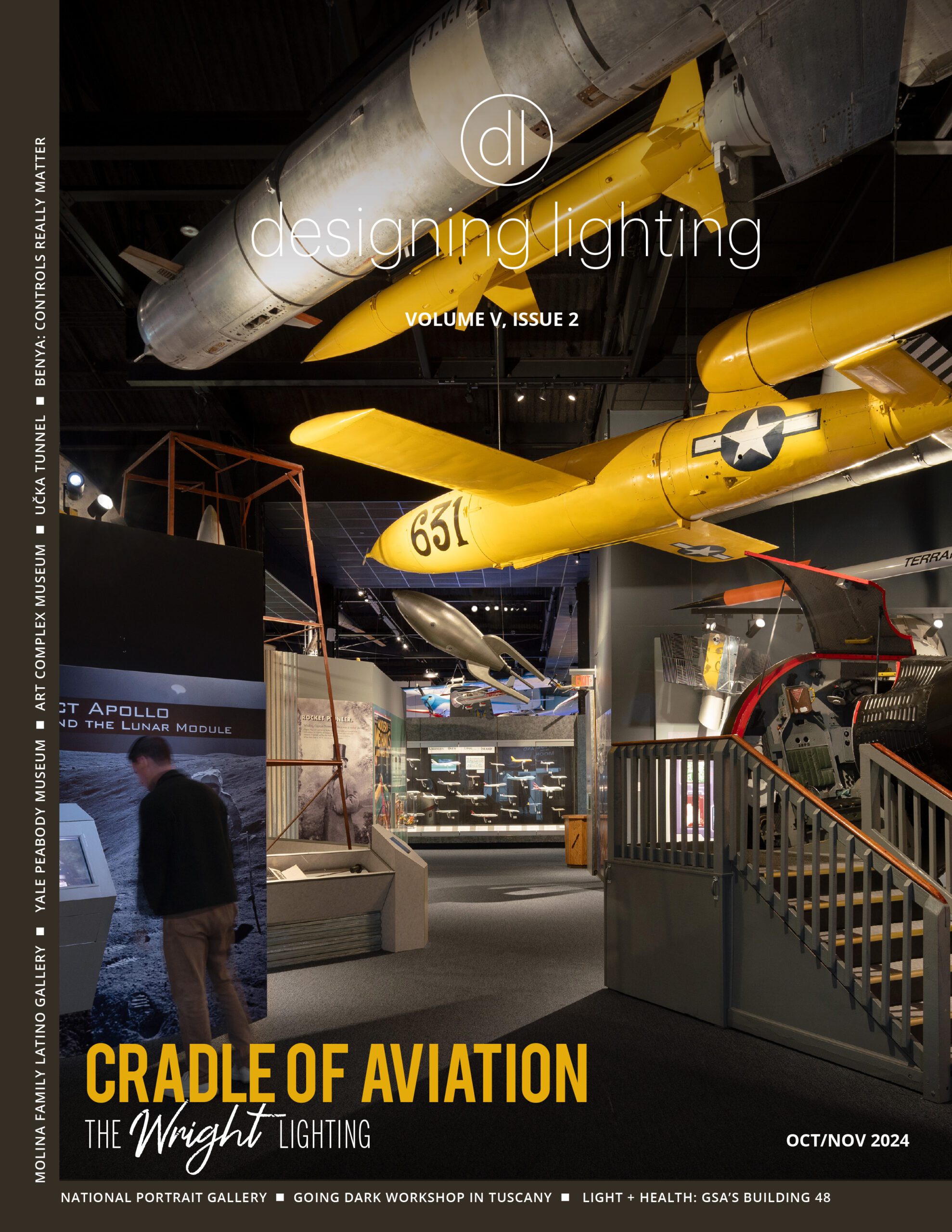At AWA, the commitment to innovation extends beyond conventional boundaries. Grounded in rigorous research and driven by a passion for excellence, AWA constantly strives to integrate cutting-edge technology into lighting design projects. The goal is simple yet profound – to enhance health, wellness, and the overall quality of life by bringing the essence of natural world indoors. While harnessing the latest advancements in lighting technology and design principles, AWA is also at the forefront of scientific research that results in key innovations in this domain. From a vantage point of creating environments that not only mimic the beauty of natural light but also optimize human wellness, AWA humanizes light. These stringent and effortful processes have resulted in groundbreaking, newly patented technology which is disrupting the way light’s potentiality is utilized. Join us on a journey where science meets life and indoor spaces become sanctuaries of health and vitality.
Focusing on Wellness by Addressing Circadian Rhythms
Via Bio-Mimicry and Bio-Simulation
Field of the Invention:
AWA’s innovation, The Horizon Light, addresses the necessity for a solution capable of accurately replicating the nuanced light and sky conditions of various city horizons within indoor settings.
Light significantly impacts human psychology and circadian rhythms, affecting mood, energy levels, and sleep patterns. Current solutions for mimicking natural light conditions often lack the precision and customization required to effectively address circadian rhythm disorders.
Existing technologies strive to simulate natural light but frequently fail to provide precise representations of sunrise, sunset, and daytime conditions. Moreover, they lack modularity and customization for specific geographic locations.
Innovation:
This innovation employs bio-mimicry and bio-simulation to introduce a modular device that accurately replicates horizon light and sky conditions, devoid of therapeutic interventions. Through customizable features and heightened precision, its objective is to enhance well-being and mitigate circadian rhythm disorders.
Key Objectives:
The Horizon Light experiment was initiated to develop a comprehensive solution for accurately replicating horizon light and sky conditions across diverse geographic locations. The key objectives included a particular focus on mimicking sunrise and sunset moments with precision and realism. To achieve a comprehensive analysis, the studied geographic locations encompassed various regions across the globe. This experiment also strived to provide captivating visual representations of various horizon light conditions to engage human attention effectively. Offering modularity and customization options in the components was essential to accommodate specific user preferences, while simultaneously aiming to improve circadian rhythm and alleviate motion sickness through the perception of horizon light conditions.
Key features of Horizon Light include the utilization of horizontally arranged LED light assemblies for uniform light distribution, employing a composite lens comprising multiple optical layers to reflect and transmit light effectively, and incorporating a reflecting dome with an LED spotlight to simulate the appearance of the sun. Additionally, the Horizon Light includes a controller to adjust parameters such as light intensity, angle, and timing, along with angularly arranged LED strips to achieve varied light angles and enhance realism.
Nature-Inspired Design (Bio-mimicry): By mimicking natural phenomena such as horizon light and sky conditions, indoor environments can evoke feelings of connection to the outdoors, promoting relaxation, stress reduction, and overall well-being. Bio-mimicry allows for the integration of elements like natural light patterns, colors, and textures, which are noted to have positive effects on mood and productivity.
Computational Models (Bio-simulation): Bio-simulation utilizes computational models to simulate natural processes and behaviors, enabling precise control over environmental variables such as lighting, temperature, and humidity. This allows for the creation of customized indoor environments tailored to individual preferences and specific wellness goals. For instance, by simulating the changing light patterns of the horizon throughout the day, bio-simulation helps regulate circadian rhythms, improve sleep quality, and enhance overall health.
By strategically stacking multiple optical layers, the Horizon Light achieves precise replication of light at the horizon, enabling accurate representation of sunrise and sunset moments. Through strategic adjustments made by the controller, the apparatus can maintain accurate horizon light conditions throughout the day and night, highlighting its versatility and efficacy in replicating dynamic horizon light conditions for various applications.
Conclusion:
The cutting-edge Horizon Light innovation, drawing inspiration from nature’s phenomena, marks a monumental leap in combating circadian rhythm disorders and elevating mental wellness by faithfully recreating natural light conditions. This innovation uses bio-mimicry and bio-simulation which play pivotal roles in augmenting indoor wellness by leveraging nature-inspired design and computational models to recreate natural environments indoors.
The Horizon Light innovation embodies AWA’s pioneering spirit, tapping into nature’s innate capacity to promote indoor well-being. With precise replication of horizon light and sky dynamics, this groundbreaking approach recalibrates circadian rhythms and brings the rejuvenating essence of the outdoors indoors. AWA’s dedication to advancing lighting design underscores its unwavering commitment to global wellness and enhanced living standards.








